The windowless 'chapel' hiding a miracle of engineering
Early 17th century building's purpose was functional rather than spiritual
Down a seemingly private driveway, and at the bottom of an agricultural yard, a tiny old stone building slowly emerges through the trees.
Made from chunky limestone blocks, complete with decorative arrow-loops and a thick wooden door on sturdy iron hinges, initial impressions are that of a fortified chapel.
But while its true purpose was functional than spiritual, for those who benefitted from its construction, it must have felt like their prayers had been answered.
For many city folk in the early 1600s, collecting water from urban streams, rivers and wells was back-breaking work. To add insult to injury, it was often contaminated, and disease was rife.
But along with the New River in London, this newly-built wellhouse, in Harcourt Hill, represented the genesis of something we take for granted today - a safe public supply of cleaner water.
Inside its windowless walls, unpolluted water from the springs on the hillside above fed into a 20,000-gallon lead-lined tank.
From here, in a miracle of engineering, the water was carried over 1.5 miles downhill to the city centre in underground wooden pipes lined with lead.
If the wellhouse was functional in design, the fountain - or conduit - it supplied in Carfax was anything but.
At 40 feet high, with extravagantly decorated niches containing statues of historic and mythical figures, it must have been an imposing sight.
It contained two giant cisterns, one serving the university and the other the city, via a complex network of pipes and publicly-accessible stopcocks.
As is still the case today, supplying water on such a large scale was not without its problems.
Pipes often broke, many businesses failed to pay their bills and demand soon started to outstrip supply. As a result, a new system was introduced in 1694.
By the late 1700s, Carfax Conduit had become an obstacle to traffic and was re-built as a folly at Nuneham House. It was replaced by a smaller cistern.
The wellhouse, or North Hinksey Conduit House as it later became known, continued to supply parts of the city until 1868.
After falling into disrepair in the 20th century, a major restoration program was completed.
The walls are still original and are covered with beautifully chiselled graffiti, some dating back to the 17th century.
The brainchild behind the scheme was Oxford alumnus Otho Nicholson, a London lawyer keen to boost his image after making a fortune as a hated tax collector.
From 1605 he had been involved in London’s New River scheme, which clearly shaped his plans for Oxford.
He also paid for the restoration of the library at Christ Church, his former college. And it is his coat of arms which remains above the door of the Conduit House today.
North Hinksey Conduit House is one of 400 historic monuments, buildings and places, from world-famous prehistoric sites and grand medieval castles, to Roman forts and a Cold War bunker, now in the care of English Heritage.
For more details about their work, visit their website here.
Update: Access to the Conduit House is now closed until the spring.




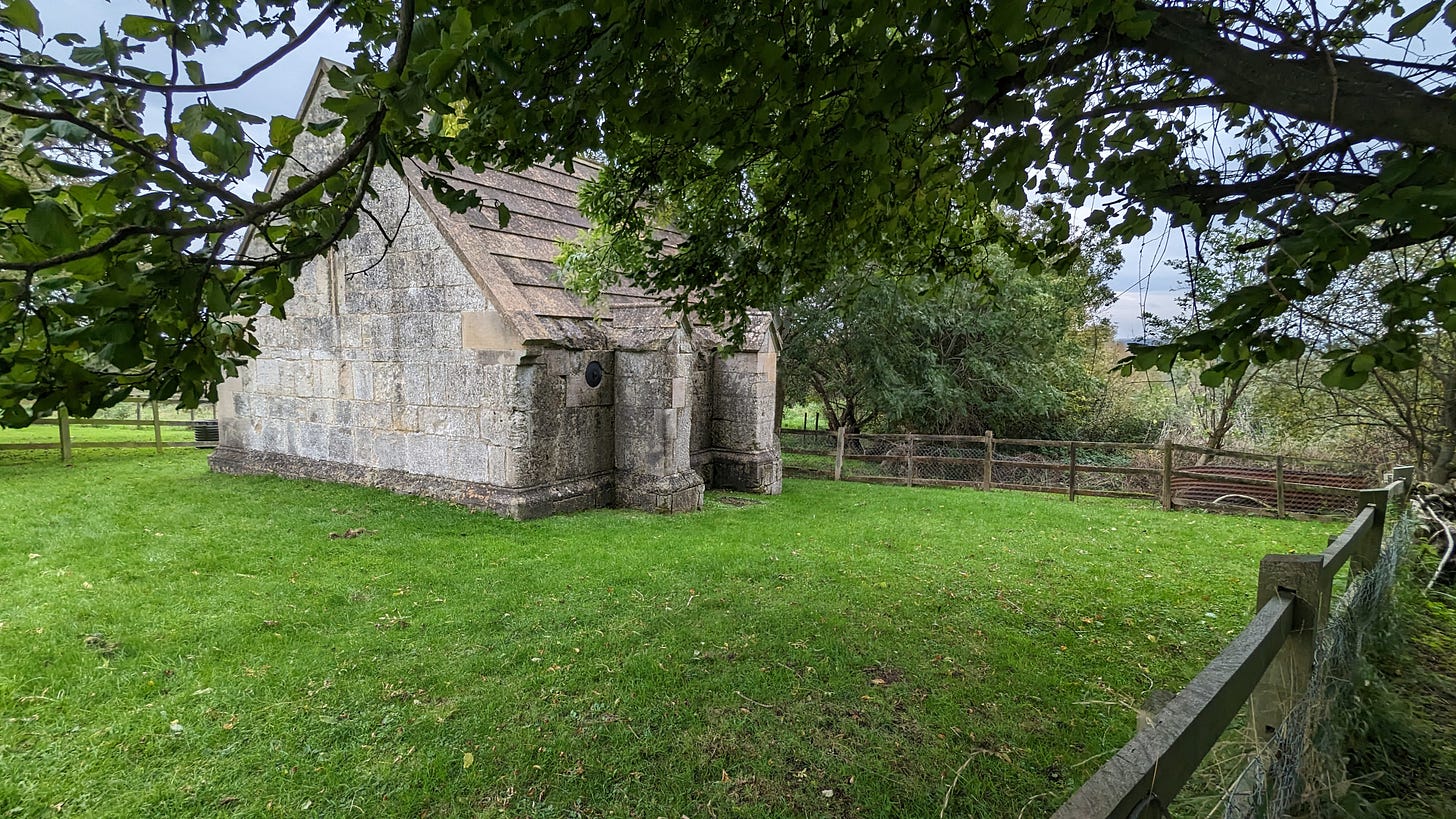
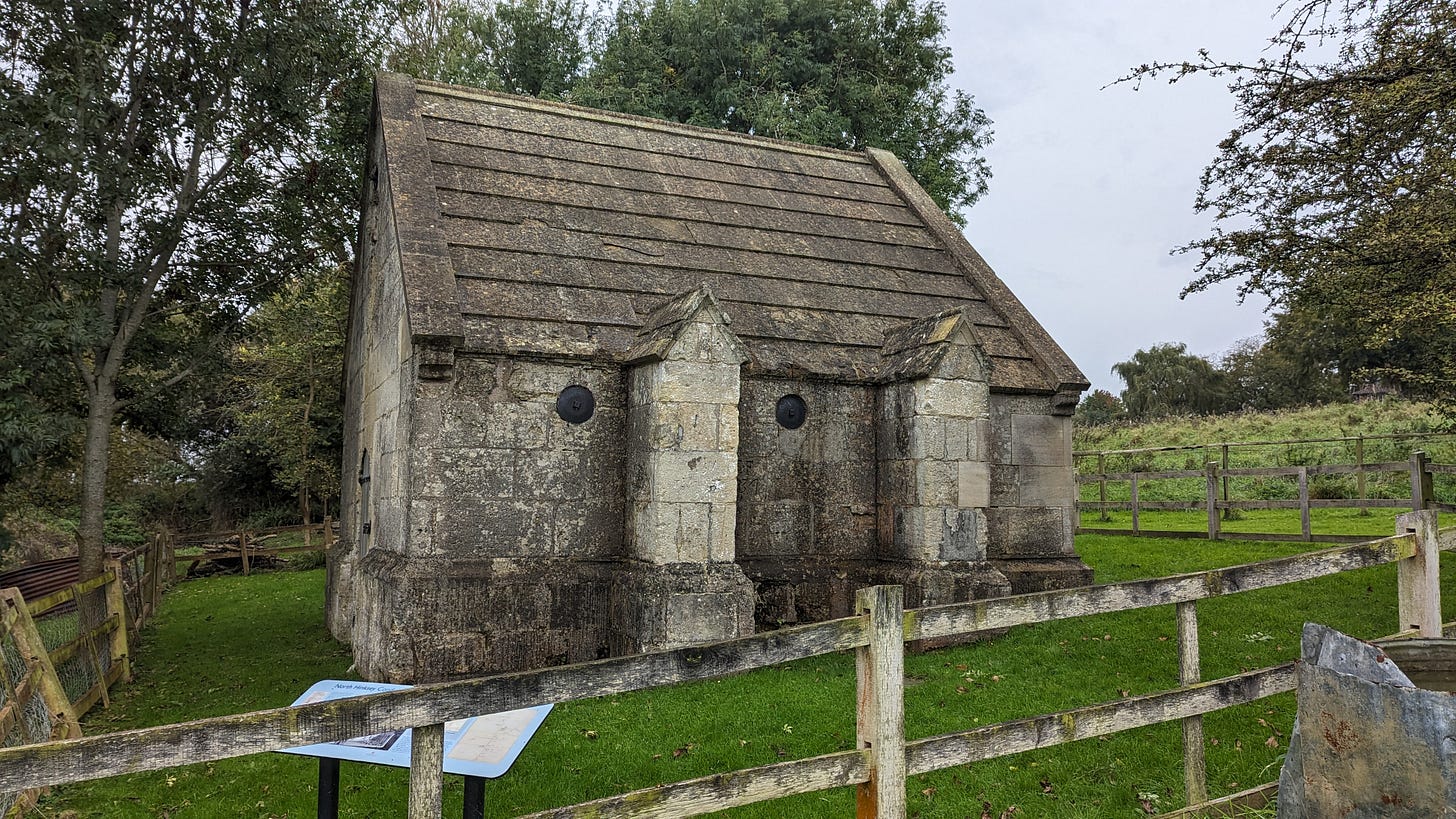
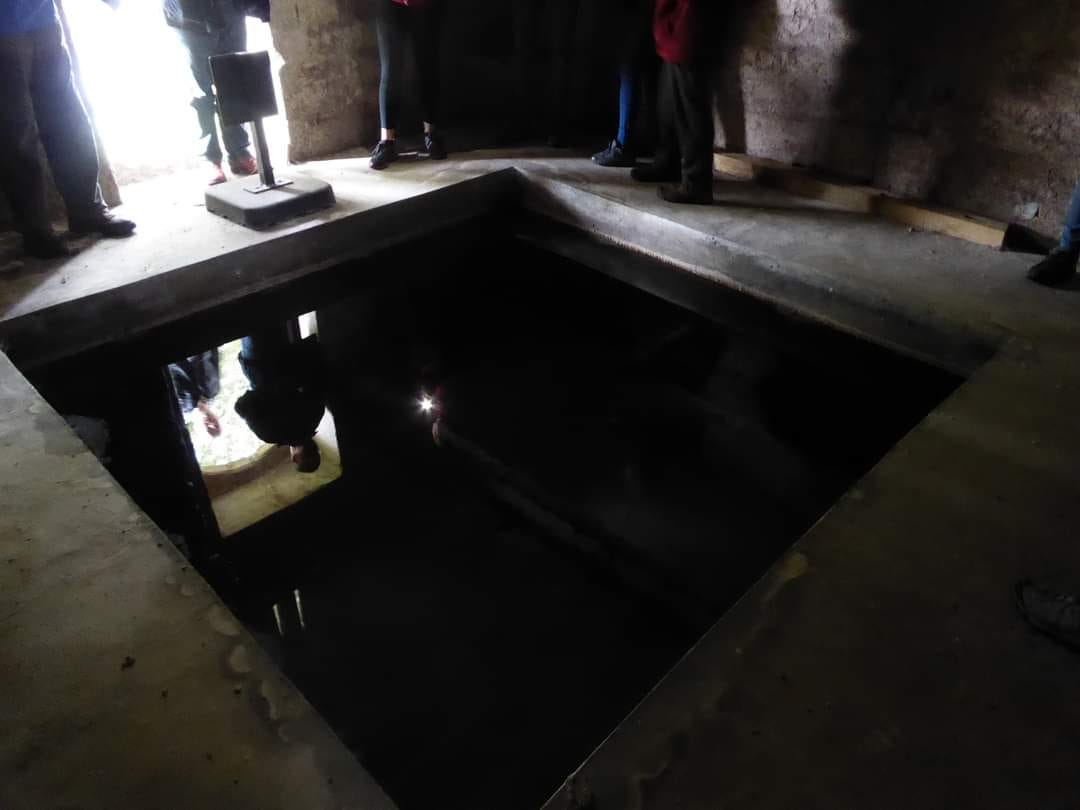
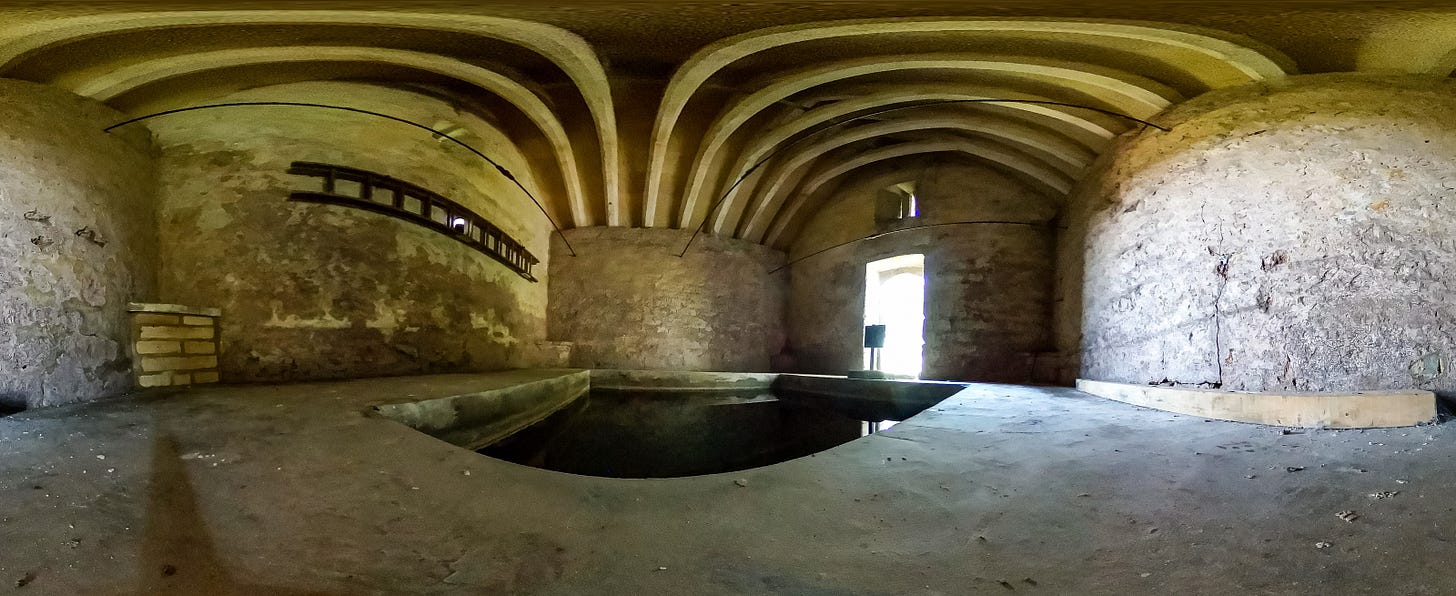
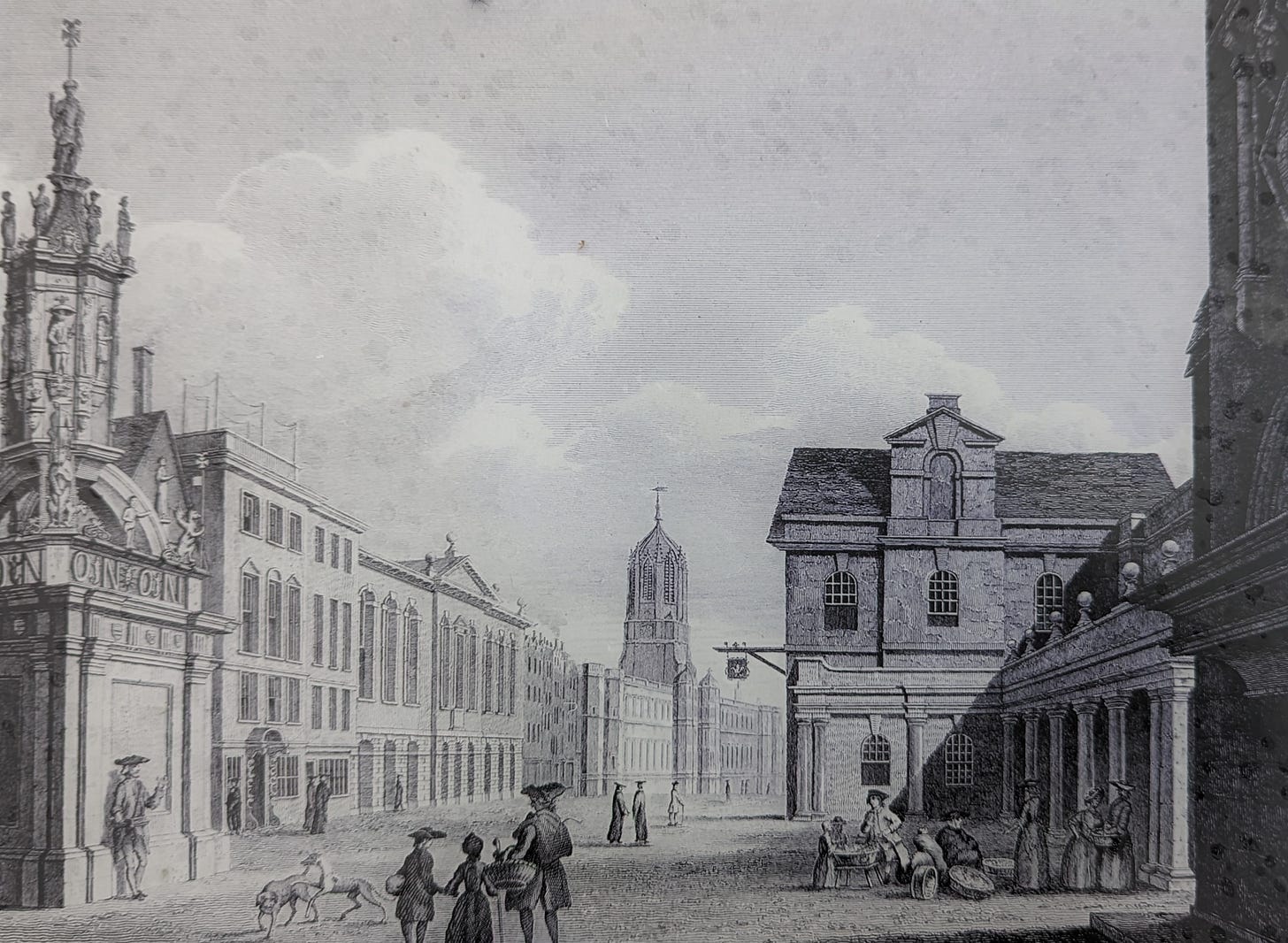


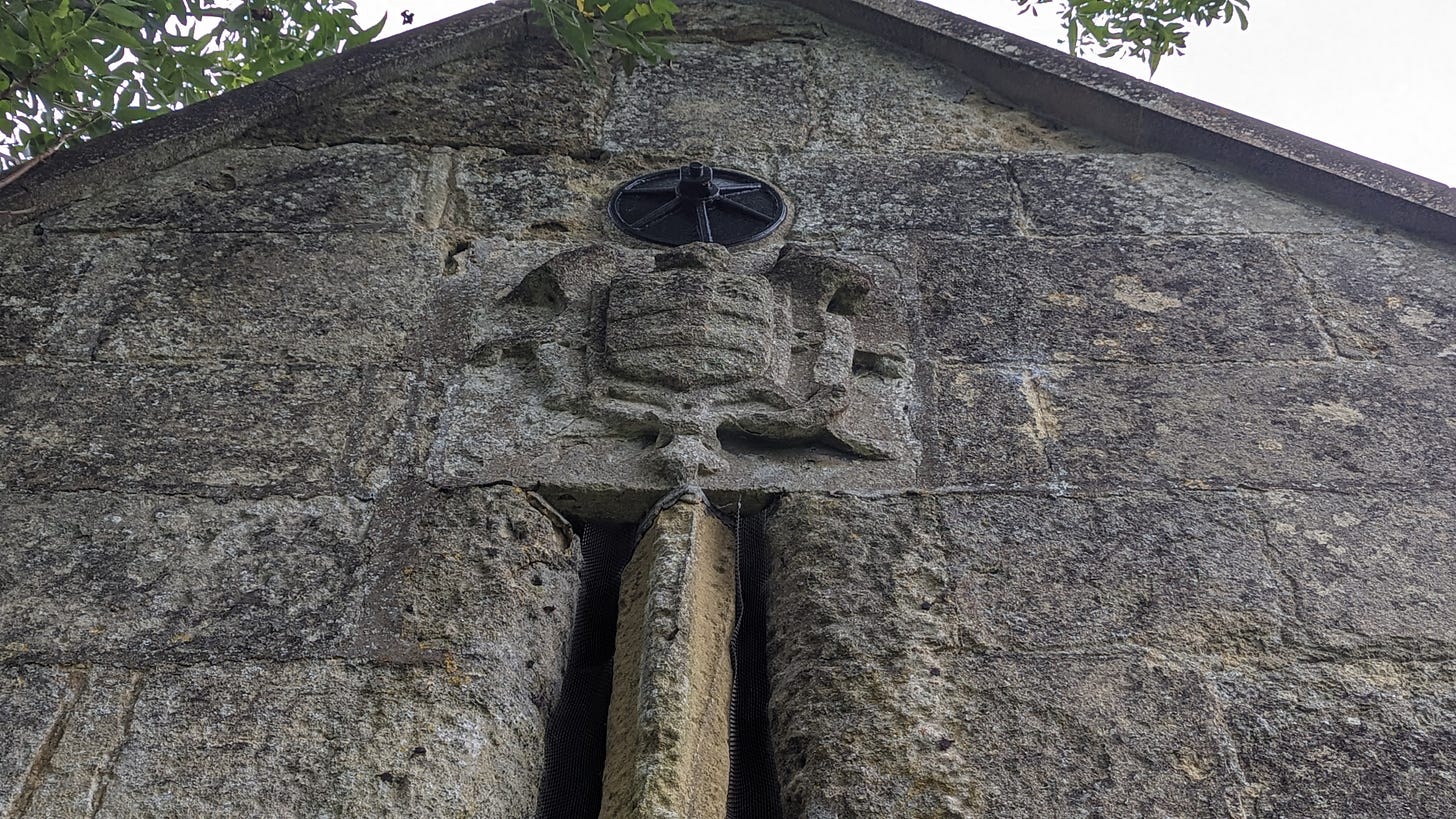
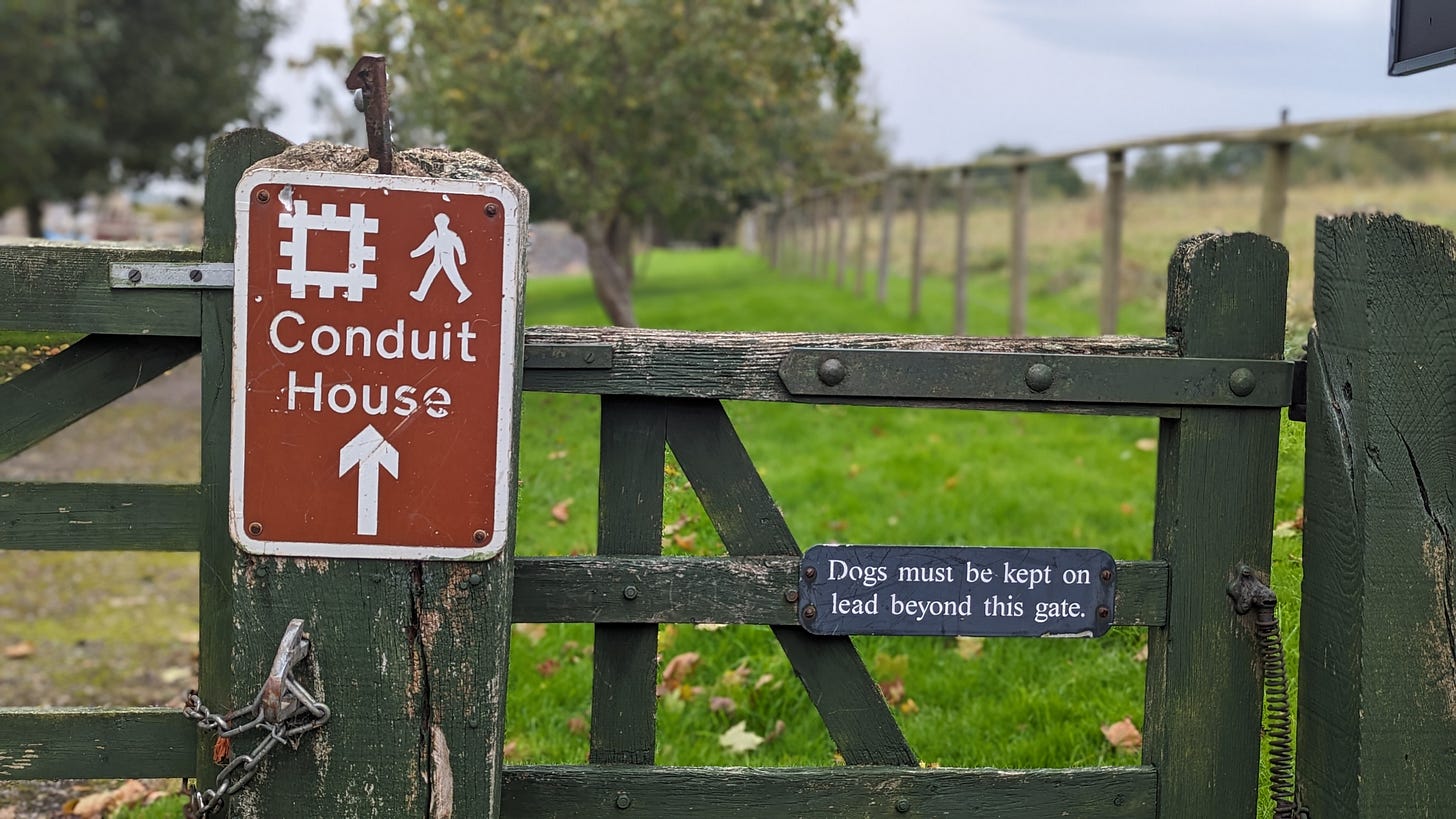
Brilliant - 2 more places to explore when I'm visiting family down in Oxon! Love these articles - well (pun unintended) researched with such interesting info
I suppose that the little building has (or had) an unseen underground reservoir for the 20,000 gallons of water? I'm guessing that the little building itself isn't big enough to hold such a volume of water?